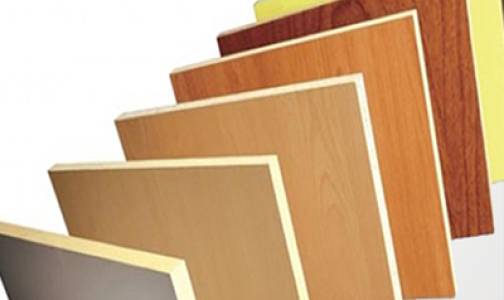
Medium-Density Fibreboard (MDF) is an engineered wood product manufactured by breaking down hardwood or softwood residuals into wood fibers, often combining it with wax and a resin binder, then forming it into panels by applying high temperature and pressure. This process results in a dense, smooth, and versatile material ideal for a wide range of applications.
Key Features and Benefits:
Specifications:
Choosing the Right MDF:
When selecting MDF, consider the intended application. For applications requiring higher moisture resistance, consider moisture-resistant MDF. For projects needing extra strength, higher-density MDF may be appropriate.
Important Considerations:
MDF offers a cost-effective and versatile solution for a wide array of projects. Its smooth surface, consistent density, and excellent workability make it a popular choice for both professionals and DIY enthusiasts. Choose the right grade and thickness for your specific needs and enjoy the benefits of this exceptional engineered wood product.